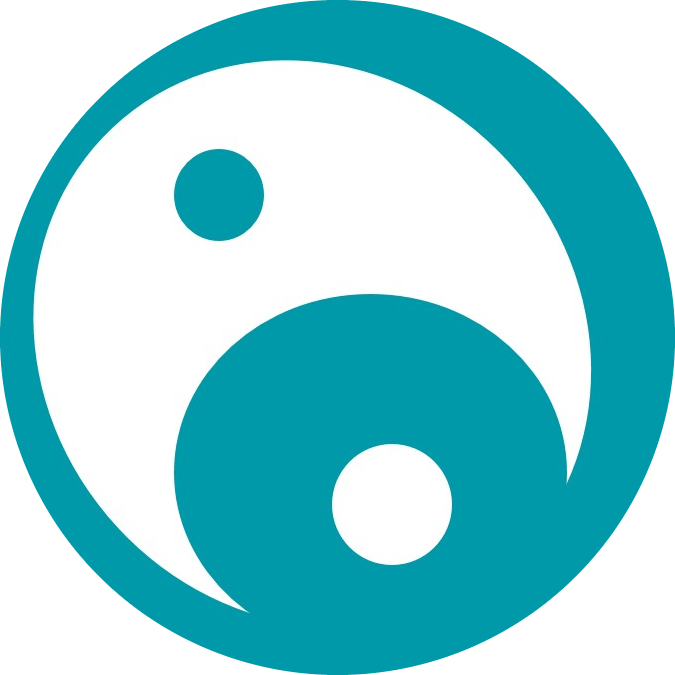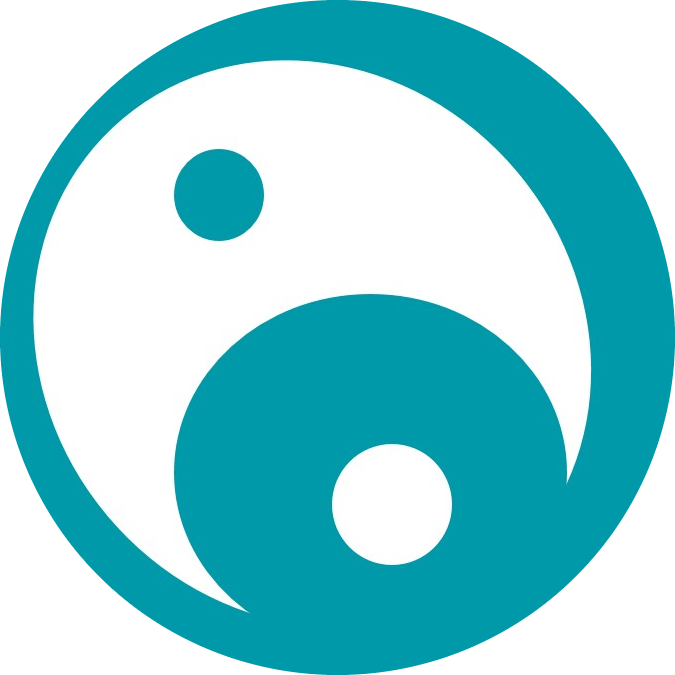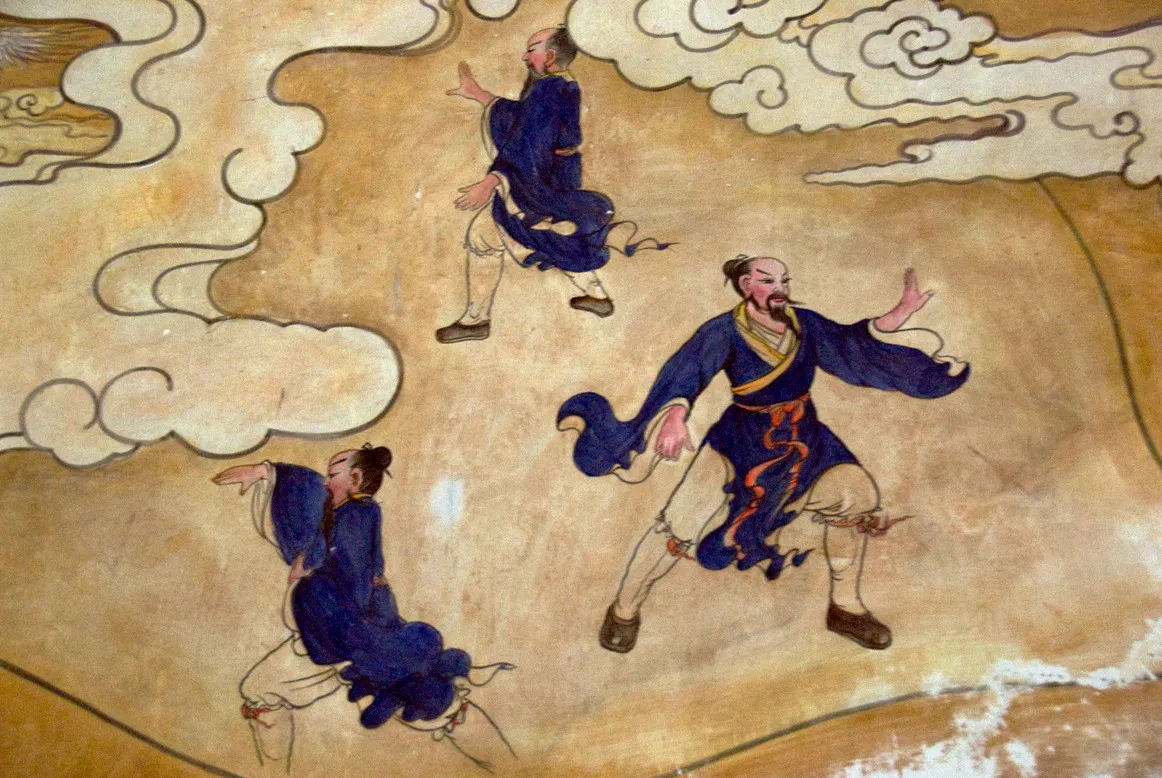What is Tai Chi (Tai Ji)?
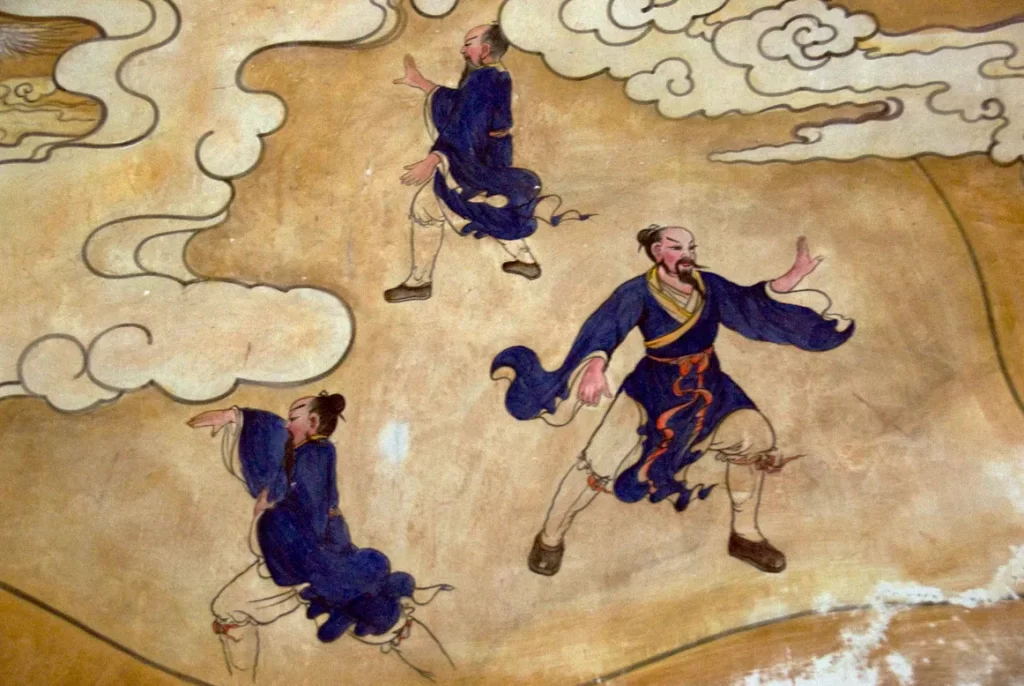
Tai Chi (Tai Ji) is a philosophical and practical principle originating in China, which applied to martial arts, is known as Tai Chi Chuan (Tai Ji Quan). The word "Chuan" refers to "fist" or a collection of martial arts techniques that employ striking. Tai Chi Chuan can be translated as "The Martial Art of Supreme Balance."
It is said that in ancient times the practitioner had to master the external martial arts (Wu Shu) before being initiated into the internal arts such as Tai Chi.
So despite its apparent softness, the practice of Tai Chi Chuan conceals a path of evolution at different levels, including the martial aspect.
Taichi today
Today is a discipline that integrates physical and mental work through movement in combination with meditation and breathing techniques. During practice, attention is directed within while executing movements linked together, while refining the philosophical-practical principles. Such firmness in the structure, alternation between Yin/yang, the body follows the center, etc. In this way, posture, coordination and concentration are constantly worked on, which is why Tai Chi is sometimes referred to as 'meditation in movement'. On December 17, 2020, UNESCO officially included Tai Chi in the list of Intangible Cultural Heritage of Humanity.
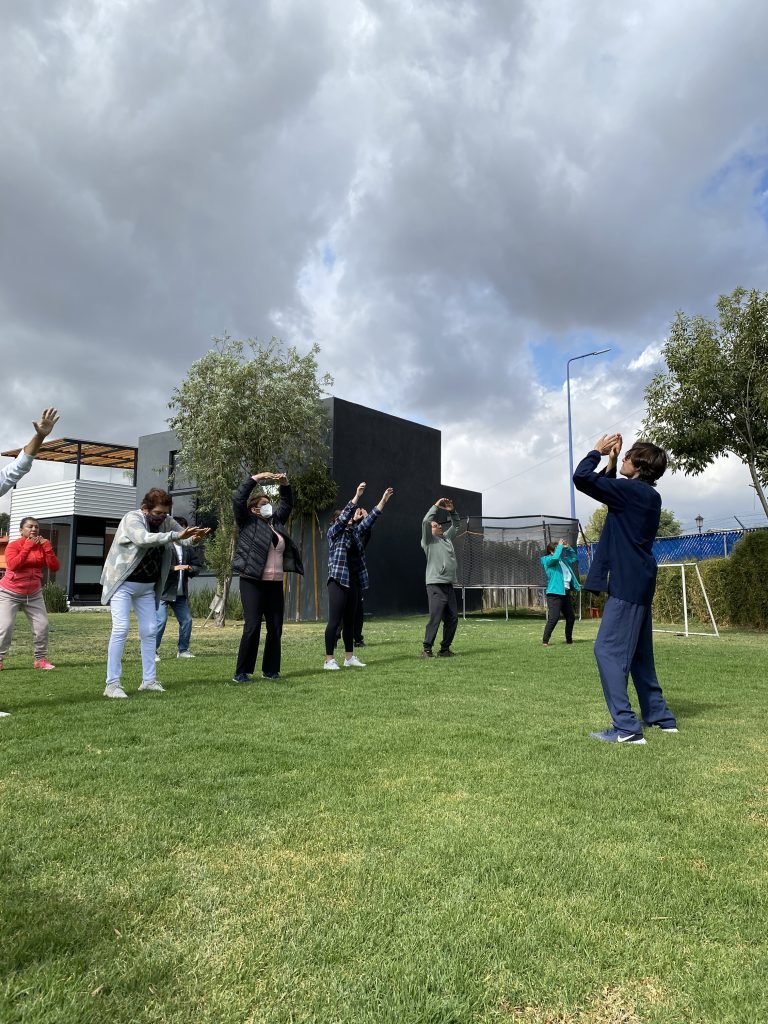
Taichi applications
Through practice of Tai Chi, in which the individual is conceived as a whole, we can improve balance and communication between the different systems of the body.
From this perspective, Tai Chi is a practice that allows us develop all aspects of people: body, mind, attitude, and emotions in a holistic and balanced way. Likewise, directing the practice toward specific aspects allows for the enhancement of a person's specific abilities and contributes to restoring imbalances.
Learn Tai Chi
Learning Tai Chi involves several phases. In the initial phase, the theoretical and philosophical foundations are learned and consolidated through the practice of basic exercises, enabling the development of a correct and solid Tai Chi structure.
Gradually, increasingly complex movement sequences are incorporated, allowing us to gradually engage the different aspects of the discipline, thus adapting to the changes that practice produces in us.
Throughout the learning process, it is important to respect the practice and the people (masters) who have dedicated their time and effort over the centuries to developing and bringing to us today the richness that these arts bring us.
